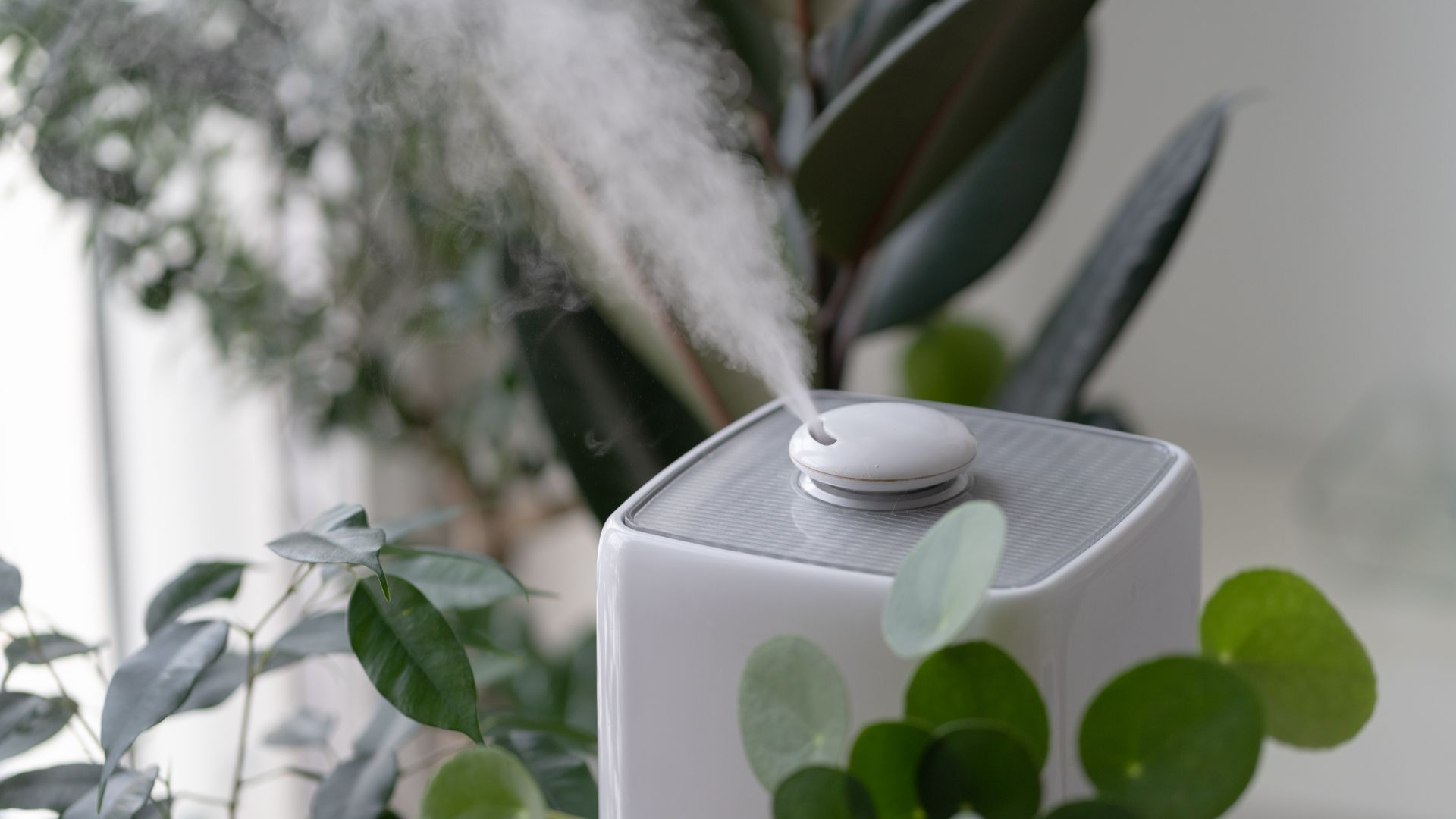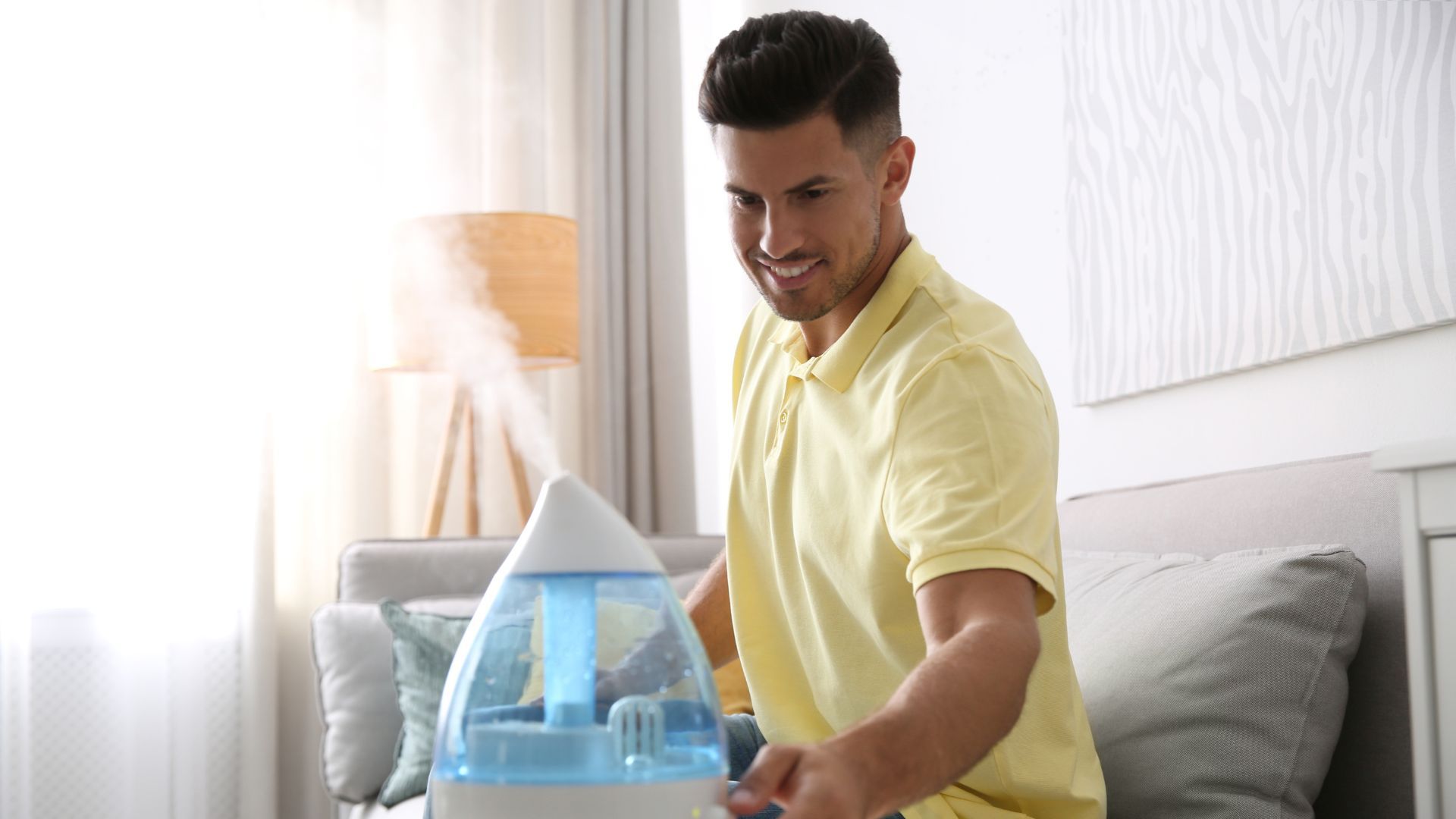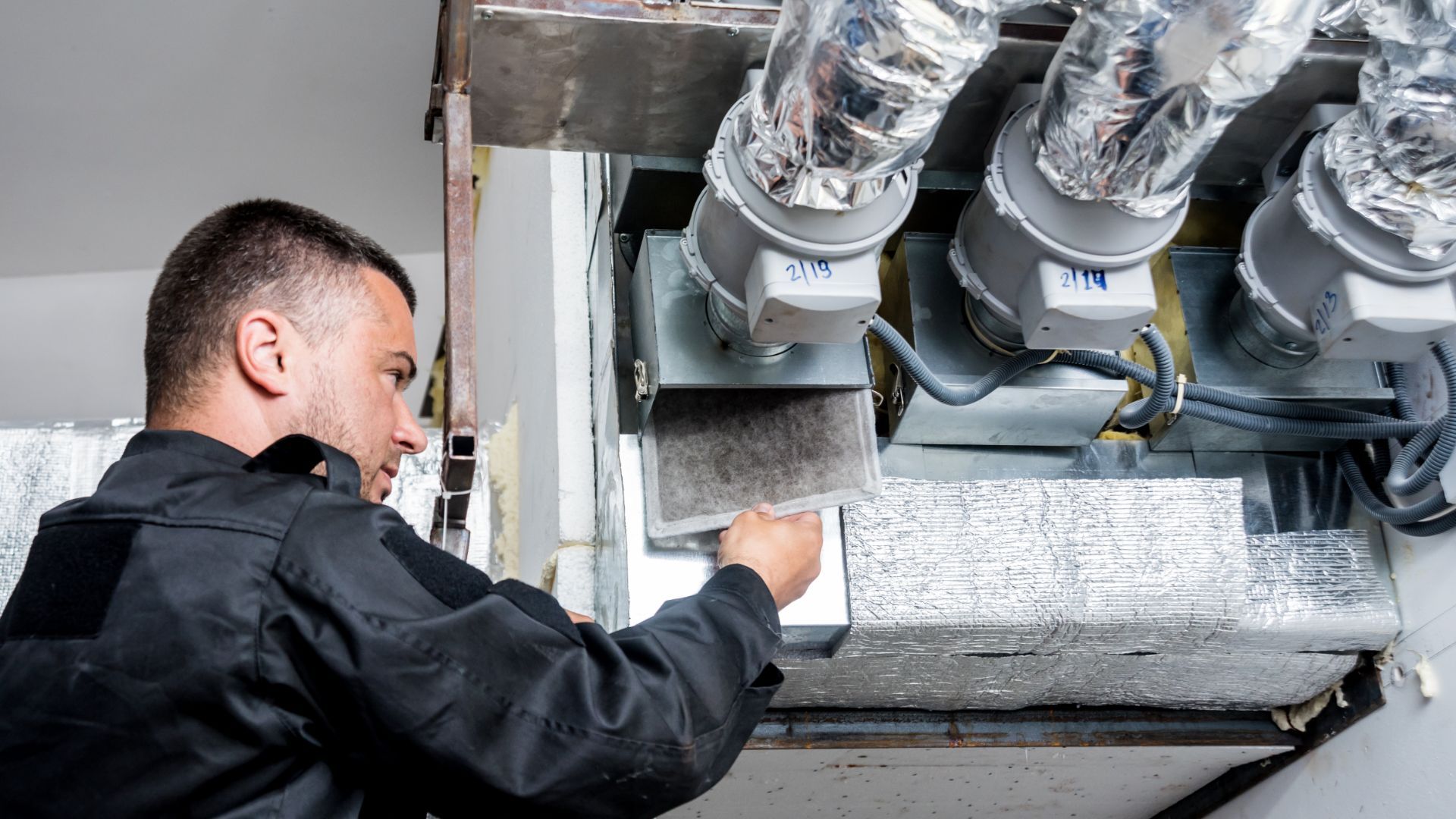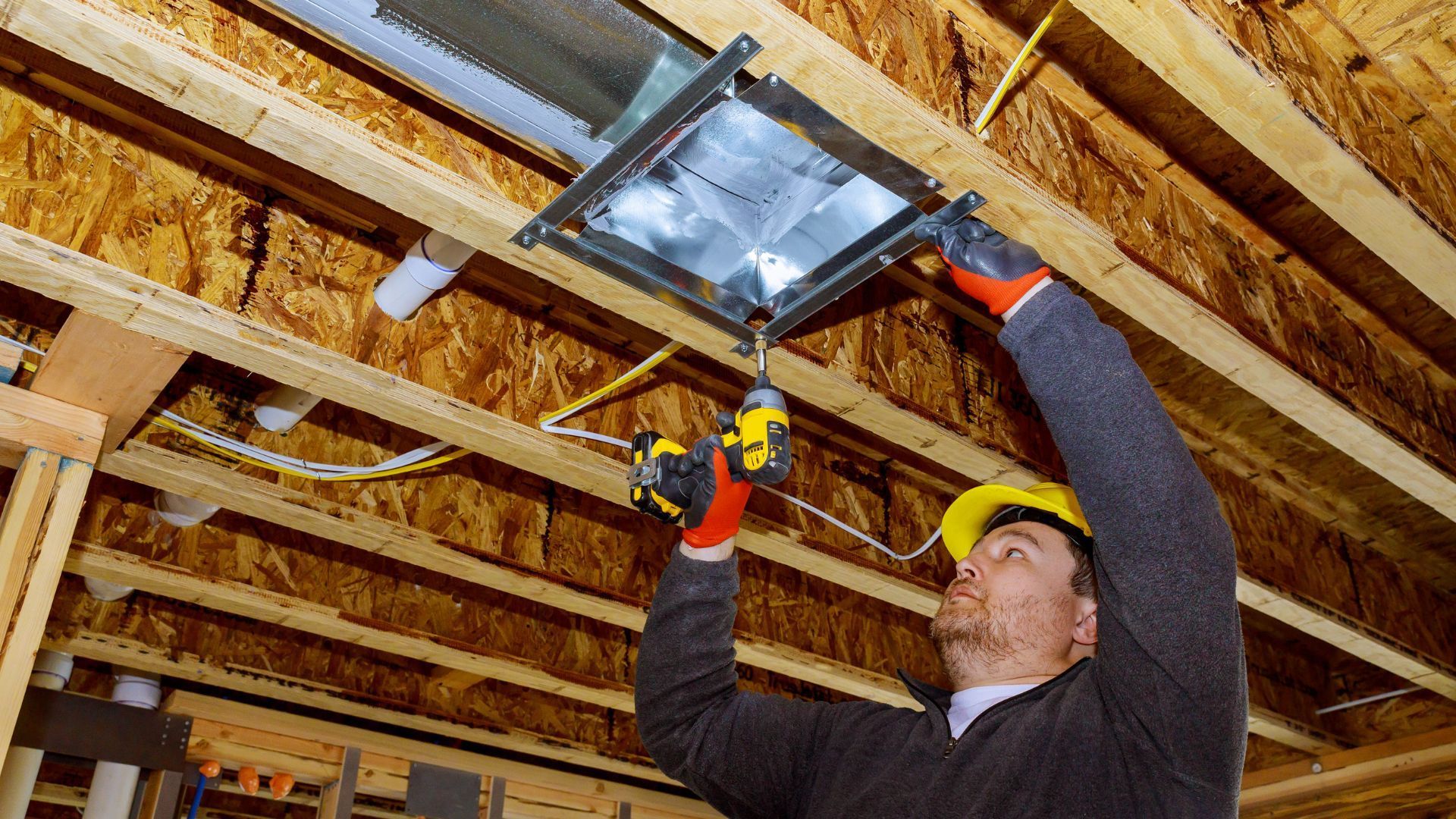What is an Ultrasonic Humidifier and How Does it Work?
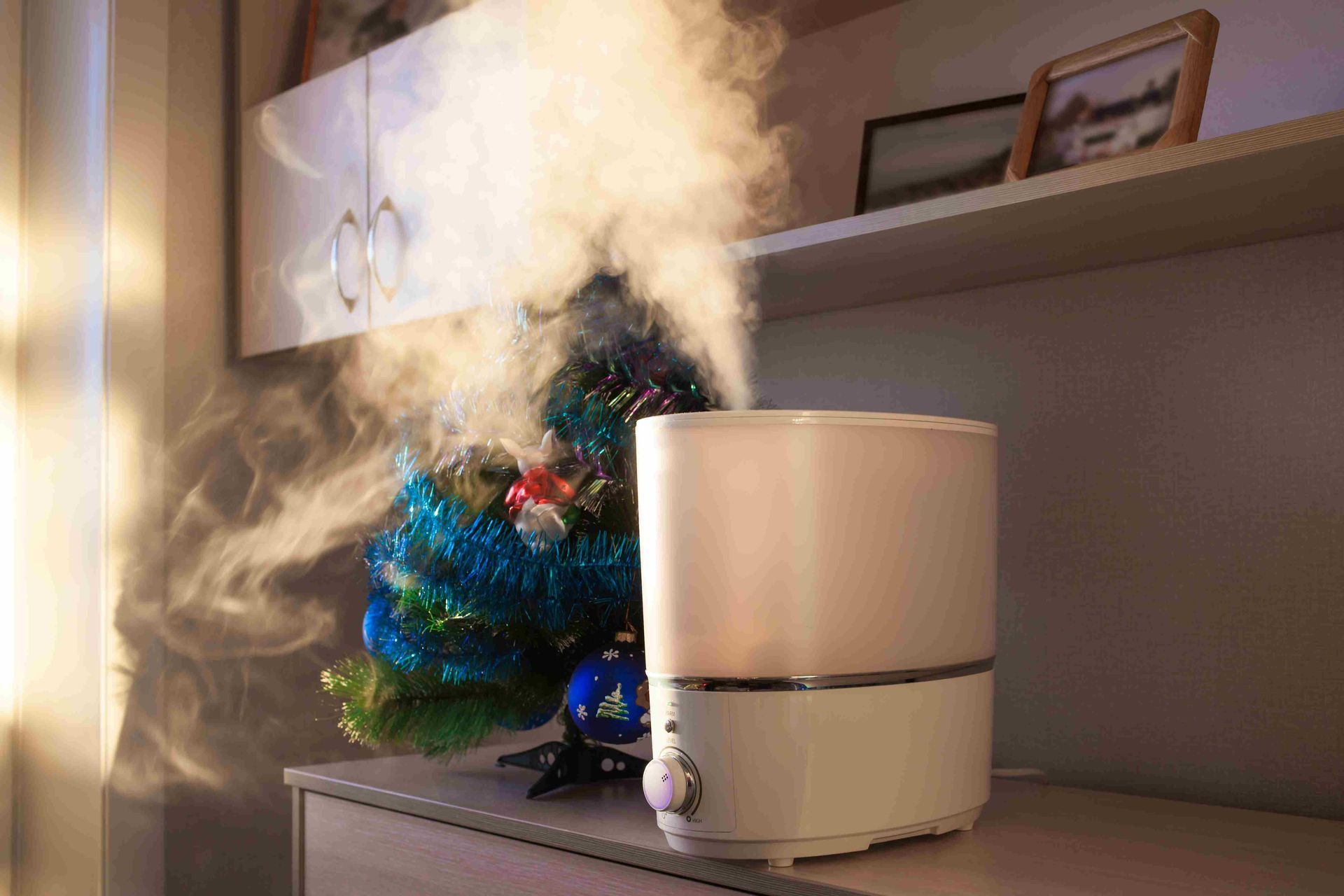
Are you tired of dealing with dry air in your home or office? Dry air can lead to a variety of health issues, including dry skin, nosebleeds, and respiratory problems. Fortunately, an ultrasonic humidifier can help alleviate these symptoms by increasing the humidity level in your living or working space. But what exactly is an ultrasonic humidifier, and how does it work?
An ultrasonic humidifier is a type of device that uses high-frequency vibrations to turn water into a fine mist, which is then released into the air. Unlike traditional humidifiers that use heat or evaporation, ultrasonic humidifiers are energy-efficient and operate silently, making them a popular choice among homeowners and office workers.
In this article, we'll take a closer look at how ultrasonic humidifiers work, their benefits, and what you need to know before purchasing one for your home or office. So, whether you're dealing with dry skin or respiratory problems or simply want to improve your indoor air quality, keep reading to learn more about ultrasonic humidifiers.
What is an Ultrasonic Humidifier?
An ultrasonic humidifier is a device that uses high-frequency vibrations to produce a fine mist of water droplets that is released into the air to increase humidity levels. The device typically consists of a water tank, a piezoelectric transducer, and a nebulizer.
The piezoelectric transducer generates high-frequency vibrations, which are transmitted to the water in the tank. These vibrations create a fine mist of water droplets, which are then released into the air through the nebulizer.
Ultrasonic humidifiers are popular because they are quiet, energy-efficient, and easy to use. They can help to alleviate dry skin, coughs, and congestion caused by dry indoor air.
They also can be used with essential oils to provide aromatherapy benefits. However, they do require regular cleaning to prevent the buildup of mineral deposits and bacteria in the water tank and nebulizer.
How Does it Work?
An ultrasonic humidifier works by using high-frequency vibrations to produce a fine mist of water that is then dispersed into the air.
Inside the humidifier, there is a small metal plate called a diaphragm that vibrates at ultrasonic frequencies, typically around 1.7 million times per second. This vibration creates a mist by causing the water in the humidifier's reservoir to break apart into tiny droplets.
The mist is then released into the air through a small, fan-driven opening in the humidifier's housing. The mist that is released into the air is made up of extremely small droplets that quickly evaporate, which helps to increase the humidity level in the room.
Many ultrasonic humidifiers also have a built-in humidistat that measures the humidity in the room and automatically adjusts the humidifier's output to maintain a set level of humidity.
Overall, ultrasonic humidifiers are popular because they are very quiet, energy-efficient, and able to quickly and effectively humidify a room.
Benefits of Using an Ultrasonic Humidifier
Now that you know what an ultrasonic humidifier is and how it works, let's take a closer look at some of the benefits of using this type of device:
- Improved Indoor Air Quality
Dry air can lead to a variety of health problems, including dry skin, nosebleeds, and respiratory issues. By increasing the humidity level in your home or office, an ultrasonic humidifier can help alleviate these symptoms and improve your overall indoor air quality.
- Reduced Static Electricity
Dry air can also lead to increased static electricity, which can be annoying and even damaging to electronic devices. An ultrasonic humidifier can help reduce static electricity by increasing the moisture content in the air.
- Energy Efficiency
Ultrasonic humidifiers use less energy than traditional humidifiers, making them a more environmentally friendly and cost-effective option.
- Noise-Free Operation
Unlike traditional humidifiers that use a fan or boiling water, ultrasonic humidifiers operate silently, making them ideal for use in bedrooms or other quiet spaces.
Can I use tap water in my ultrasonic humidifier?
It's best to use distilled or demineralized water in your ultrasonic humidifier to prevent the buildup of mineral deposits, which can lead to reduced performance and bacterial growth.
How Often Should I Clean My Ultrasonic Humidifier?
You should clean your ultrasonic humidifier at least once a week to prevent the buildup of bacteria and mineral deposits. Follow the manufacturer's instructions for cleaning and maintenance.
Can An Ultrasonic Humidifier Be Used In A Baby's Room?
Yes, ultrasonic humidifiers are safe for use in a baby's room. However, be sure to clean and maintain the device regularly to prevent the growth of bacteria.
Conclusion
In conclusion, an ultrasonic humidifier can be a great investment for anyone looking to improve their indoor air quality and alleviate common health issues associated with dry air. Its innovative technology, energy efficiency, and noise-free operation make it a popular choice among homeowners and office workers alike.
Remember to choose a high-quality model and follow proper cleaning and maintenance procedures to ensure optimal performance and safety. With the right ultrasonic humidifier, you can enjoy a more comfortable and healthy living environment all year round.
Do you feel that the air in London, Ontario is missing something? Maybe all you need is an ultrasonic humidifier. Contact us today and find great ultrasonic humidifiers and other HVAC equipment today!


